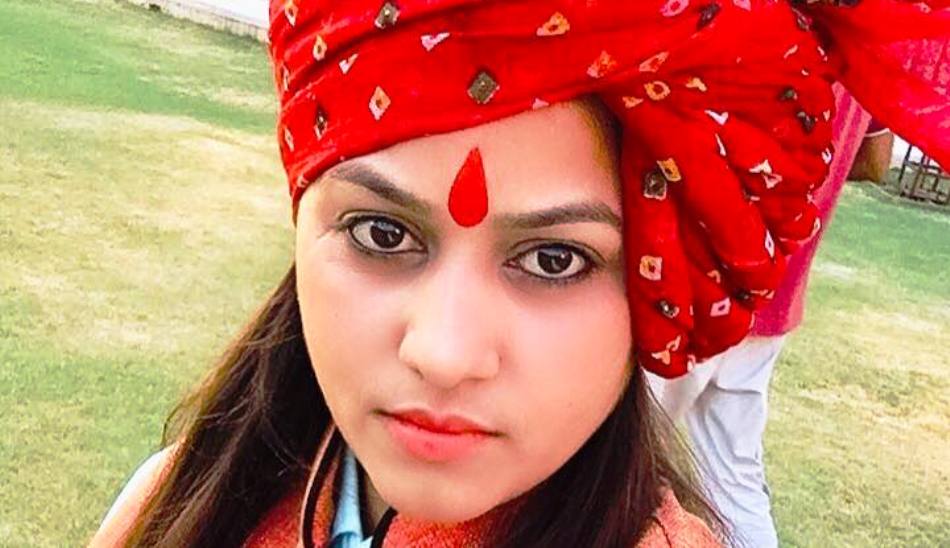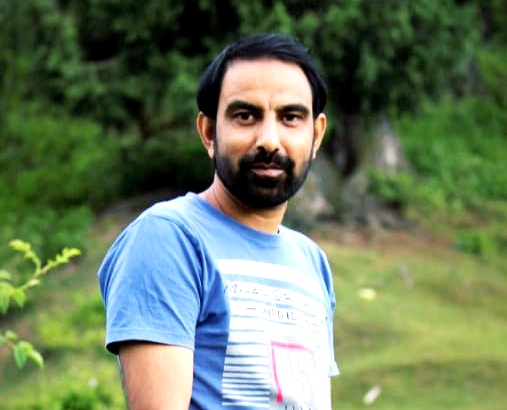by Bilal Gani
With meticulous research and insightful analysis, Purohit unveils a narrative that delves into the significant influence of pop stars within the Hindutva movement.
Four years ago, this idea was born the night I spent in a Jharkhand town, learning about a brutal lynching.
4 years, reporting across 7 states later, it is here: a book that tells you about a brand of popular culture that is quietly seizing the imagination of millions,… pic.twitter.com/TEFaIa8X2p
— Kunal Purohit (@kunalpurohit) November 9, 2023
Within India’s ever-changing cultural mosaic, the intersection of art, politics, and societal values emerges as a compelling terrain for exploration. Journalist Kunal Purohit’s latest work, H-Pop: The Secretive World of Hindutva Pop Stars, meticulously threads together the complex tapestry of music, identity, and ideology. Against the backdrop of a nation grappling with evolving narratives, the book delves into the lives and careers of musicians negotiating the intricate space where artistic expression converges with the realm of Hindutva ideology.
Purohit’s narrative invites readers on a journey through the vibrant rhythms of the Indian music scene, unveiling the nuanced relationships between artists, their craft, and the socio-political currents shaping contemporary India. In this review, we explore the book’s resonance, its portrayal of the cultural zeitgeist, and its examination of the delicate dance between artistic freedom and ideological undercurrents in today’s India.
Kunal Purohit’s H Pop presents a compelling exploration of the intricate relationship between Hindutva ideology and popular culture. With meticulous research and insightful analysis, Purohit unveils a narrative that delves into the significant influence of pop stars within the Hindutva movement. The book navigates the historical evolution of Hindutva, dissecting its permeation into various facets of society, including the entertainment industry. Purohit artfully illustrates the symbiotic relationship between influential pop icons and the propagation of Hindutva ideology, unravelling how these figures have consciously or inadvertently contributed to shaping societal perceptions.

The book unfolds in three parts. Part One, titled Killer Beats, Poison-Laced Words: Kavi Singh, introduces Kavi, a Hindutva pop star whose songs echo the core beliefs of Hindu nationalism. Kavi posits a belief that the Muslim population is conspiring to execute a slow, silent coup against Hindus.
In Part Two, Purohit presents a chilling account of the Weaponization of poetry by Hindutva pop stars to disseminate their ideology to a broader audience. Hum Sab Bhajapai propagates the narrative that the Bharatiya Janata Party (BJP) is the sole saviour of Hindus in India.
The third part focuses on Hindus engaging in a cultural war, exploring a complex terrain where perceptions of identity, tradition, and modernity intersect. The cultural war within the Hindu community revolves around the delicate balance between preserving age-old traditions and embracing evolving societal norms.
One of the notable strengths of the book lies in its commitment to presenting a balanced perspective. Purohit avoids broad strokes, opting instead for a meticulous dissection of nuances within this dynamic intersection of culture, politics, and ideology. Through adept storytelling, incorporating anecdotes, interviews, and cultural references, he provides readers with a nuanced understanding of the subject. Purohit’s lucid writing style ensures accessibility for a wide audience, presenting intricate ideas with clarity and engagement. Regardless of prior knowledge, readers can grasp the significance of these cultural dynamics.
H Pop stands out in its relevance to the contemporary socio-political landscape. Purohit effectively demonstrates how examining the roles of pop stars within Hindutva contributes to understanding broader societal shifts and their impact on contemporary discourse. While some readers might desire a more expansive exploration of certain cultural aspects or specific personalities, Purohit compensates with comprehensive research, offering a robust overview of the subject matter.
The book addresses the challenge posed by Hindu cultural chauvinism, intricately connected to the broader framework of Hindutva ideology, which challenges India’s pluralistic ethos. This stance, rooted in exclusivism, seeks to establish a hegemonic cultural identity, neglecting the diverse tapestry inherent in India’s societal fabric. This approach undermines the foundational principles of inclusivity and tolerance that have historically defined Indian civilization.
The intertwining of ideology and popular culture, particularly in the domain of music, presents multifaceted challenges in a country as diverse as India. The country, proud of its secular and multicultural identity, grapples with the potential consequences of aligning music with a specific ideological agenda. Purohit’s scrutiny exposes the intricate power dynamics at play when ideology infiltrates popular culture, specifically through music.
Purohit sheds light on the intentional shaping of cultural expressions to serve political ends by dissecting the embedding of Hindutva ideology within pop music. This critical examination reveals the manipulation of a widely consumed and influential medium, exposing how it can be harnessed to mould public perception and societal norms.

In his analysis, Purohit challenges the commonly overlooked narrative of cultural expression, encouraging readers to critically examine the subtle messages conveyed through apparently innocuous forms of entertainment. By probing the amalgamation of ideology and popular culture, Purohit prompts a reconsideration of the narratives that permeate everyday life through music, emphasising the importance of a discerning eye when consuming media that may harbour ideological undercurrents.
H Pop features crafted and delicately drawn characters, offering a thought-provoking and meticulously researched exploration of an often neglected aspect of the Hindutva movement. Kunal Purohit’s astute observations and in-depth analysis contribute significantly to the discourse on the intersection of ideology and popular culture.
(The author is a researcher and a literary critic. Ideas are personal.)















